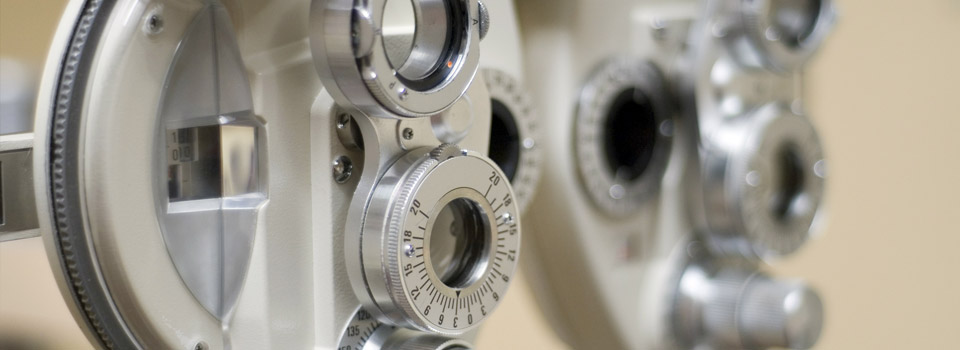I can still clearly remember becoming aware of floaters in my eyes as a young child. Lying in the sun with closed eyes I was able to visualize clear dots and tubules that would drift from side to side when I moved my eyes. I realized that the viewing conditions were what made the floaters visible, since I could not see them once I opened my eyes and looked at the world around me.
The floaters that I have described above are called hyaloid floaters, and they are optical imperfections left in the vitreous humor (the clear gel that fills the large back chamber of the eye) by the hyaloid blood vessel system that is part of embryonic eye development and largely disappears before birth.
As we age, many of us become increasingly aware and sometimes bothered by floaters. This is the result of a progressive change in the vitreous gel called syneresis, which results in liquefaction of the gel and the solid fibrils clumping together to form larger particles that can be visible and transiently obscure our vision.
Some floaters can be associated with eye health problems and require immediate assessment and treatment to prevent serious vision loss. Floaters that are new, changing, or appear suddenly - particularly if associated with flashes (arcs of light in the peripheral vision) - should be assessed on an urgent basis by your eye care professional to determine whether they are related to a tear or break in the retina, retinal detachment, bleeding in the eye, inflammation in the eye, or other pathological condition requiring medical treatment.
Many of us notice floaters in our eyes. Evaluation by your eye care professional can help to determine whether they are the result of normal aging process or are a cause for concern. If you experience floaters, see your eye care professional for assessment.
Dr. Tim Styles


